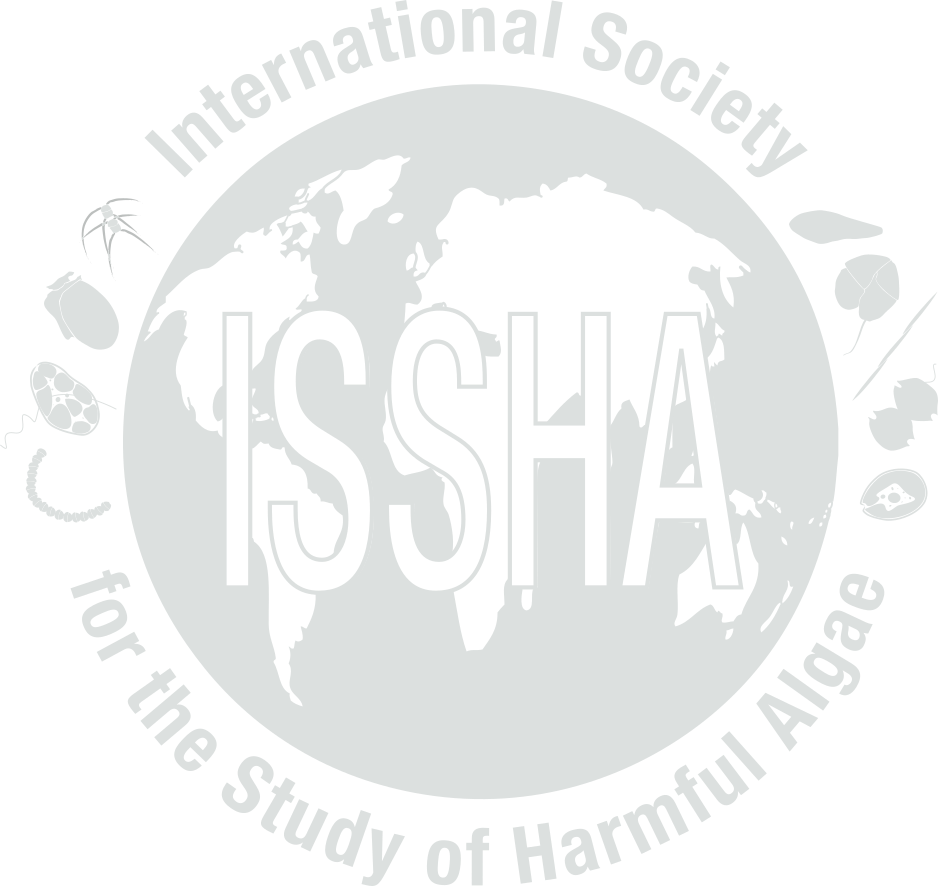


| Event name: | US-23-013 | |
| Country: | UNITED STATES | |
|
Nature of the harmful event: |
Seafood toxins | |
|
Event directly affected: |
Shellfish | |
| Toxicity detected: | Yes (Approximate range: California Mussel (Mytilus californicus) 89 µg/100 g, cultured bay mussel 42 ug/100 g, pacific oyster 40 ug/100 g, razor clam viscera 43 ug/100 g.) | |
| Associated syndrome: | PSP | |
| Unexplained toxicity: | No | |
| Species implicated in toxin transmission (transvector): | ||
| Report the outcome of a monitoring programme: | Yes (California Department of Public Health - Marine Biotoxin Monitoring Program) | |
| Event occurred before in this location: | Yes | |
| Individuals to contact: | ZUBKOUSKY-WHITE, Vanessa | |
| Location: | Latitude: , Longitude: | |
| General location information: |
California - Del Norte, Humboldt, Mendocino, Sonoma, and Marin, San Mateo, Santa Cruz, Monterey Counties, Northern California HAB Area code(s): US-21 |
|
| Additional location information: | ||
| Bloom event dates (yyyy/mm/dd): | ||
| Quarantine levels dates (yyyy/mm/dd): | First detection: 2023-07-21, End: 2023-08-30 | |
| Additional date-related information: | PSP detected (< 80 ug/100 g) May-December | |
| Causative organism known: | Yes | |
| Causative Species/Genus: |
Alexandrium spp.
( cells/L)
|
|
| Co-Ocurring Species/Genus: | ||
| Chlorophyll concentration, if known: | µg/l | |
| Additional bloom information: | ||
| Event-related bibliography: | ||
|
||||||||||||||||||||||||||
| Nutrient information: | ||||||||||||||||||||||||||
| Temperature Range During Event: | Max: °C, Min: °C | |||||||||||||||||||||||||
| Salinity Range During Event: | ||||||||||||||||||||||||||
| Bloom location in the water column: | ||||||||||||||||||||||||||
| Growth: | ||||||||||||||||||||||||||
| Growth Comments | ||||||||||||||||||||||||||
| Additional Environmental information: | ||||||||||||||||||||||||||
|
|||||||||||||||||||||||||||
| Kit used: Yes | Type of kit used: NeoGen | ||||||||||||||||||||||||||
| Additional information: | Shellfish homogenates are received on ice, extracted, and a Neogen rapid test determines whether the mussel sample is positive or negative. Mussel samples that are positive on NeoGen are then tested using a mouse bioassay to determine concentration of PSP toxins. All other species are only tested with mouse bioassay. | ||||||||||||||||||||||||||
| Economic losses: | |||||||||||||||||||||||||||
| Management decision: | |||||||||||||||||||||||||||
| Additional harmful effect information: | |||||||||||||||||||||||||||
